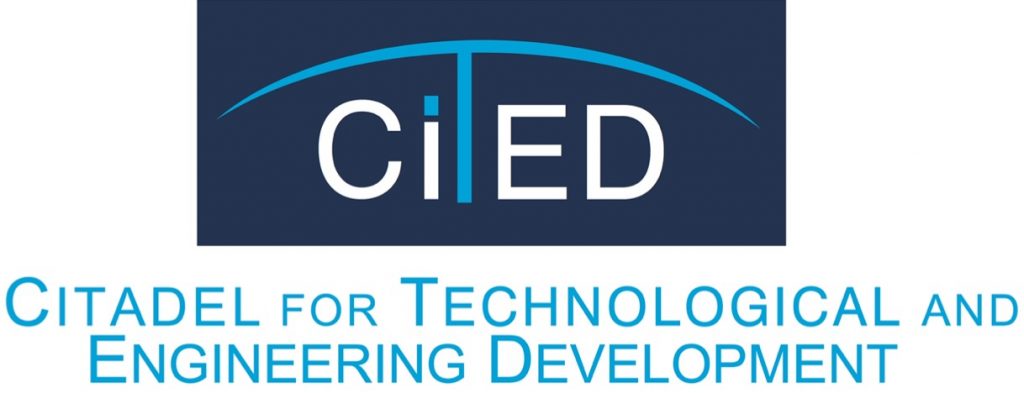Steel competes with reinforced concrete the world because of its many favourable characteristics including high strength, high stiffness, ductility and toughness, speed of erection, competitive cost, etc.

Introduction:
Steel is the most used construction material for industrial buildings, high-rise towers, bridges, and other structures. It competes with reinforced concrete the world because of its many favourable characteristics including high strength, high stiffness, ductility and toughness, speed of erection, competitive cost, etc. The speed of construction and its use for building temporary structures make it more competitive over concrete.
The design of steel structures that has been widely based on the Allowable Stress Design (ASD), AISC, BS, and EC3 will be discussed. This Structural Steel Design training course will be presented to enable the trainees to design most elements of steel structures in addition to connections.
Objectives:
By the end of this training course, participants will be able to:
- Be familiar with the “Steel Structure” design
- Understand the loads applied on the steel structure in oil, gas, and petrochemical plant
- Know the modern technology on the risk-based inspection for a maintenance plan
- Be familiar with the pipe rack design
- Know the design of the steel structure on machines
- Identify the use of composite sections in strength and repair
PROGRAMME OUTLINE
SESSION 1
- Introduction to Steel Structure
- Advantages and Disadvantages of Steel as Structural Material
- Steel Sections
- Failure of Structures
- Specification and Building Codes
- Computational of Loads for LRFG and ASD
- Methods of Obtaining an Acceptable Level of Safety
- Review of Basics of Mechanical and Analysis Structure
SESSION 2
- Analysis and Design of Tension Members
- Nominal Strength of Tension Members and Net Area
- Effect of Staggered Holes
- Connecting Elements for Tension Members
- Selection of Sections
- Built-up Tension Members
- Pin-connected Members
SESSION 3
- Analysis and Design of Compression Members
- Sections Used for Column
- Euler Formula
- Long, Short, and Intermediate Columns and Column Formulas
- AISC Design Tables
- Column Splice
- Built-up Columns
- Single Angle Compression Member
- Base Plates for Concentrically Loaded Columns
SESSION 4
- Design of Beams and Connections
- Introduction to Beams
- Design of Beams and Deflection
- Members Subjected to Bending and Axial Tension
- Design of beam-columns, braced or unbraced
- Tension Loads on Bolted Joints
- Bolts Subjected to Shear and Tension
- Introduction to Welds and Types
- Design of Simple Fillet Welds
SESSION 5
- Composite Sections and Steel Buildings
- Composite Constructions
- Moment Capacity of Composite Sections and Deflections
- Design of Concrete Encased Sections
- Axial Design of Composite Columns
- Cover Plated Beams and Flexural Strength
- Composite Floors and Concrete – Pan floors
- Types of Roof Construction
- Exterior Walls and Interior Partitions
- Fireproofing of Structural Steel

